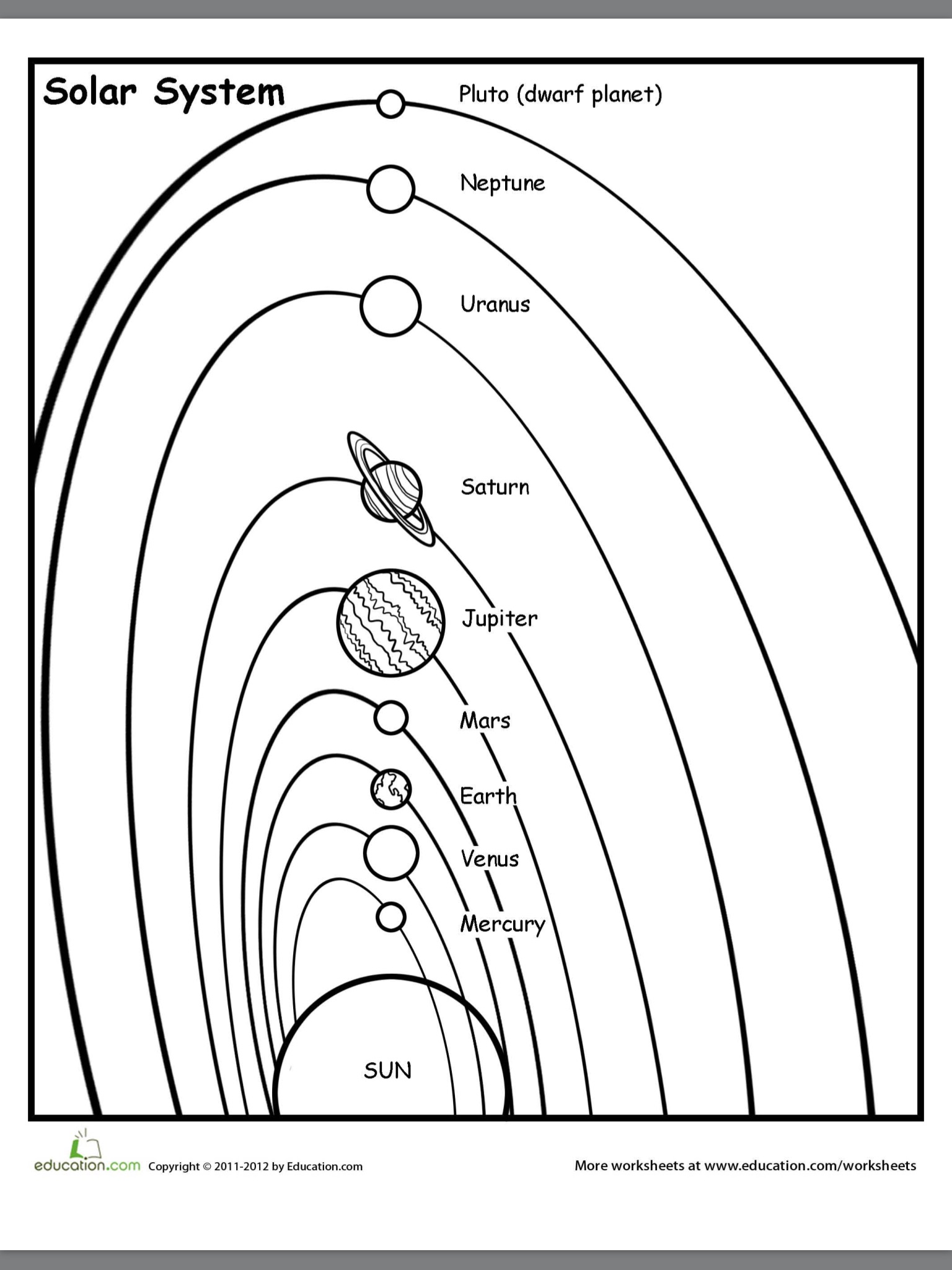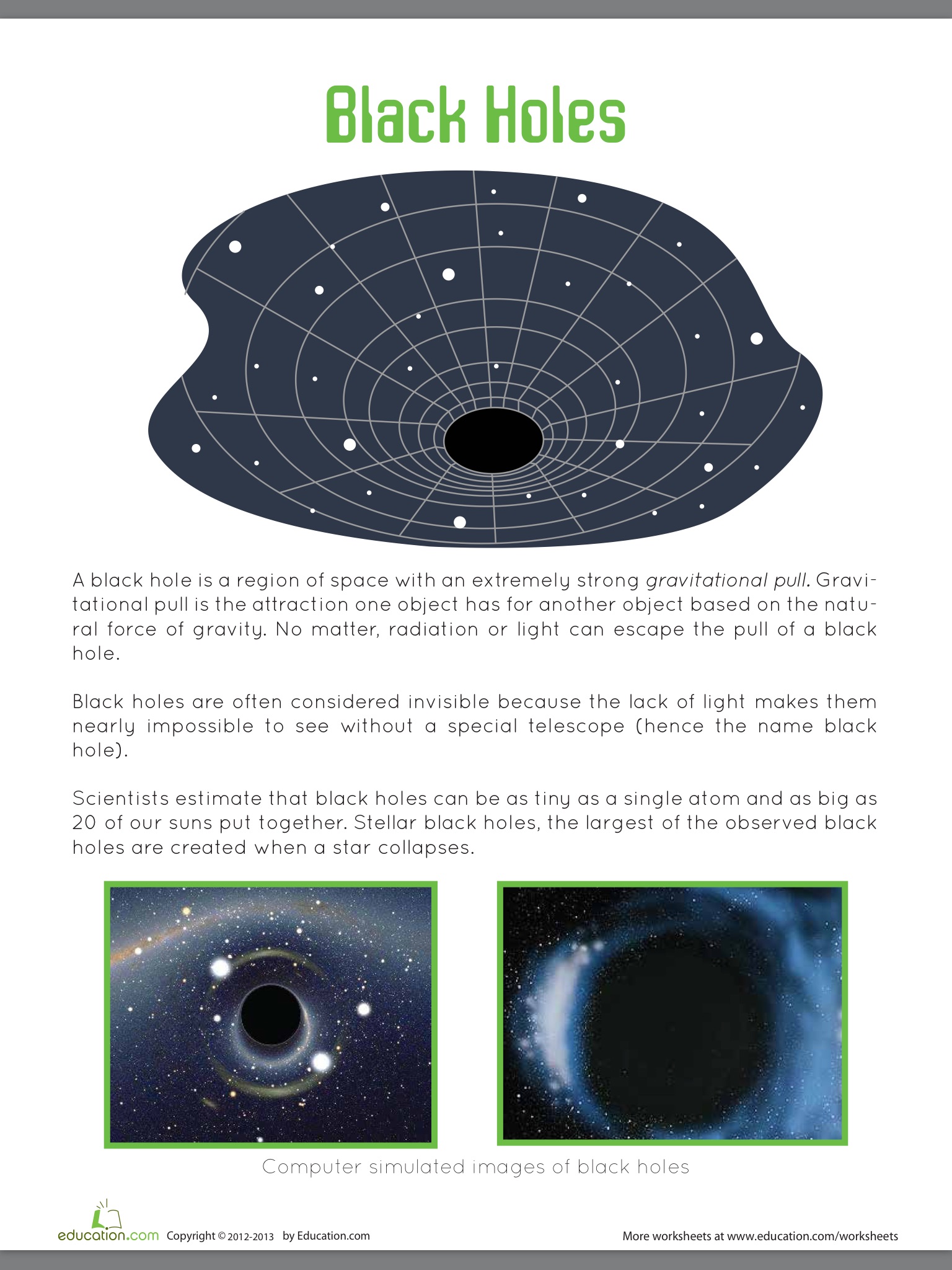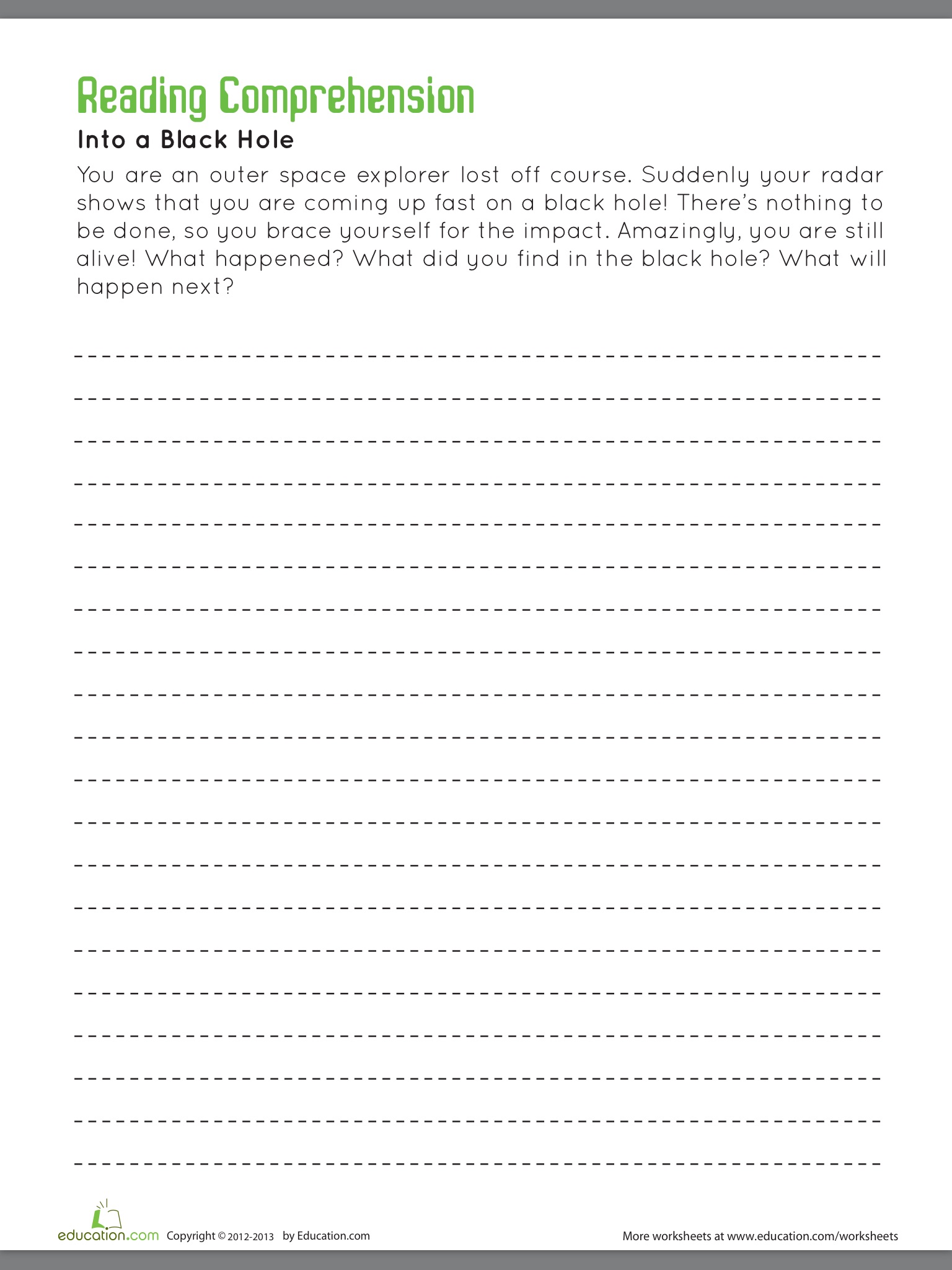Introduction
Black holes are one of the more interesting topics in astrophysics. Even though they are commonly accepted as being real, their actual existence has yet to have been proven. Black holes are objects that have such a concentration of mass that nothing can escape their gravitational pull once it crosses the black hole's event horizon or Schwarzschild radius. The Schwarzschild radius is the radius where, for anything inside, the escape velocity is greater than the speed of light.
Task
Astronomers currently spot black holes by detecting the high-energy radiation emitted by swirling matter falling into them. Before matter passes a black hole's point of no return, called the event horizon, any radiation it emits can still escape. In a decade, however, scientists hope to spot black holes by looking at the warps in space-time created by their immense gravity.
Process

Task one, answer the following questions

Task two,science.. Create a black holes in the extra space..
Task three, read the articles and andwer the questions.
Your class has constructed an initial definition of black holes. Read the article Gravity Betrays Black Heart of Milky Way. As you read this article, think about this question: "How does this add to or change the class definition of black holes?" You will discuss this question as a class.
Now go to and explore the online module No Escape: The Truth about Black Holes. You should use this resource to answer the questions on the Black Holes student sheet.
Before you begin, first visit How to Use this Site for information about how to use the module. Then, begin your exploration of black holes by going to the section, Is a Black Hole Really a Black Hole? Scroll your mouse over the black hole image on the left-hand side of the screen and jot down the information asked for on your student sheet.
Now go to See a Black Hole in Action. Describe what you see on the student sheet.
Once you are done with that section, go to What Types of Black Holes Are There? Read about the three types of black holes and describe each one in your own words on the student sheet.
Then proceed to Hubble Hunts Black Holes. Read about the parts of the Hubble Telescope, then click on the four images on the right-hand side of the screen. Describe the images that you see. What do they tell you about black holes?
Now go to Hubble Images: Find Out More. Explore the four topics on the left-hand side of the page. As you do so, list three examples of the types of things that the Hubble Telescope has helped us learn about black holes.
Go back to Is a Black Hole Really a Hole? Use it to help you fill out the chart on the student sheet.
Finally, go to What Do You Know About Black Holes? Check your answers to the chart by taking the quiz. Correct any wrong answers and explain why they were wrong in the space provided on the student sheet.
KNOWLEDGE CHECK
Answer these questions about black holes in your science journal.
- What does a black hole look like?
- Are there any pictures of a black hole? If not, why not?
- Could a black hole suck up all the matter in the universe? Why? Why not?
Task four, science.. Completed the following activity


Evaluation
Black holes are not actually holes. They are called holes because that is simply their appearance. In reality, black holes are the trash compactors of the universe. When objects get caught by the black hole's gravity, they fall towards the black hole in exactly the same way an object would fall towards the Earth if caught by the Earth's gravity. The differences between a black hole and the Earth are how much mass they have, how densely packed it is, and how strong the gravitational force is. A black hole is matter packed really, really, tightly together. Think of taking all of the matter in our entire solar system and crushing it together until you get an object the size of a bowling ball. That bowling ball is going to be unfathomably heavy. When something "falls into" that bowling ball, it simply becomes part of the bowling ball.
Conclusion
First, an "extended object", that is anything with dimensions beyond being just a point, will have to pass through space that is warped by the intense gravity of the black hole as it approaches it. This means that the surface of the object that is closer to the black hole will experience greater gravitational pull than the surface further away; this is known as a "tidal force" ( for example, an atronaut's feet are being pulled harder than his head if he is entering feet-first.) This will physically stretch the object and ultimately pull it apart; by the time it is entering theblack hole it has literally been ripped into atoms.The other physically destructive aspect of this is what happens to information that enters a black hole. Only two kinds of information can exist inside the event horizon: monopoles (such as mass or charge) and dipoles (such as simple magnetic poles.) The higher level dynamics that define complex structures such as atoms and molecules are lost.